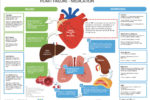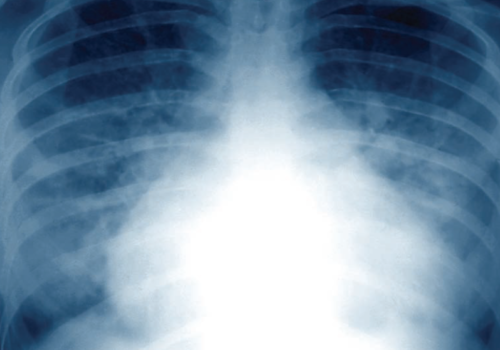As practice nurses, our day at the surgery ends well when everything has gone smoothly and patients and colleagues have gone home happy. But we often feel the greatest sense of achievement when we have had to go beyond our usual routine to try a new approach to a problem, or do something that we never thought we could do.




























